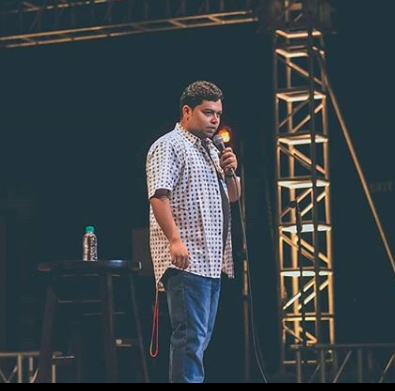Sonam Kapoor-starrer "Ek Ladki Ko Dekha Toh Aisa Laga" is one of mainstream Bollywood's first relatable depiction of a lesbian relationship. Photo: Screenshot from the film
Photo: Screenshot from "Made in Heaven"
Anjali Lama, a transwoman who has walked the ramp for some of the biggest names in India's fashion industry, believes that things are slowly but surely changing. Photo: Anjali Lama
Sushant Divgikr feels that while some people have been genuinely inclusive, many talented members of the LGBTQ community are still not given enough opportunities. Photo: Monisha Ajgaonkar
Author Jerry Johnson believes we risk underestimating the power of the non-English mainstream TV audiences and how they will continue to influence the politics and culture of this country.
